Productivity: More with Less by Better
Available resources are scarce. To sustain our society's income and living standards in a world with ecological and demographic change, we need to make smarter use of them.
Dossier

In a nutshell
Nobel Prize winners Paul Samuelson and William Nordhaus state in their classic economics textbook: Economics matters because resources are scarce. Indeed, productivity research is at the very heart of economics as it describes the efficiency with which these scarce resources are transformed into goods and services and, hence, into social wealth. If the consumption of resources is to be reduced, e. g., due to ecological reasons, our society’s present material living standards can only be maintained by productivity growth. The aging of our society and the induced scarcity of labour is a major future challenge. Without productivity growth a solution is hard to imagine. To understand the processes triggering productivity growth, a look at micro data on the level of individual firms or establishments is indispensable.
Our experts

Department Head
If you have any further questions please contact me.
+49 345 7753-708 Request per E-Mail
President
If you have any further questions please contact me.
+49 345 7753-700 Request per E-MailAll experts, press releases, publications and events on “Productivity”
Productivity is output in relation to input. While the concept of total factor productivity describes how efficiently labour, machinery, and all combined inputs are used, labour productivity describes value added (Gross Domestic Product, GDP) per worker and measures, in a macroeconomic sense, income per worker.
Productivity Growth on the Slowdown
Surprisingly, despite of massive use of technology and rushing digitisation, advances in productivity have been slowing down during the last decades. Labour productivity growth used to be much higher in the 1960s and 1970s than it is now. For the G7 countries, for example, annual growth rates of GDP per hour worked declined from about 4% in the early 1970s to about 2% in the 1980s and 1990s and then even fell to about 1% after 2010 (see figure 1).
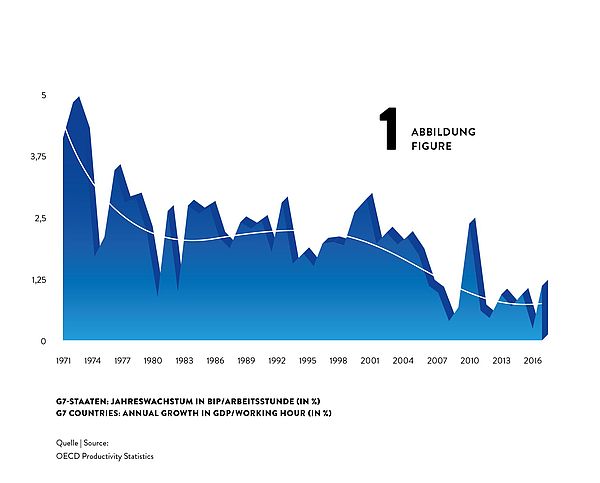
This implies a dramatic loss in potential income: Would the 4% productivity growth have been sustained over the four and a half decades from 1972 to 2017, G7 countries’ GDP per hour would now be unimaginable 2.5 times as high as it actually is. What a potential to, for instance, reduce poverty or to fund research on fundamentals topics as curing cancer or using fusion power!
So why has productivity growth declined dramatically although at the same time we see, for instance, a boom in new digital technologies that can be expected to increase productivity growth? For sure, part of the decline might be spurious and caused by mismeasurement of the contributions of digital technologies. For instance, it is inherently difficult to measure the value of a google search or another video on youtube. That being said, most observers agree that part of the slowdown is real.
Techno-Pessimists and Techno-Optimists
Techno-pessimists say, well, these new technologies are just not as consequential for productivity as, for instance, electrification or combustion engines have been. Techno-optimists argue that it can take many years until productivity effects of new technologies kick in, and it can come in multiple waves. New technology we have now may just be the tools to invent even more consequential innovations in the future.
While this strand of the discussion is concerned with the type of technology invented, others see the problem in that inventions nowadays may diffuse slowly from technological leaders to laggards creating a wedge between few superstar firms and the crowd (Akcigit et al., 2021). Increased market concentration and market power by superstar firms may reduce competitive pressure and the incentives to innovate.
Finally, reduced Schumpeterian business dynamism, i.e. a reduction in firm entry and exit as well as firm growth and decline, reflects a slowdown in the speed with which production factors are recombined to find their most productive match.
While the explanation for and the way out of the productivity puzzle are still unknown, it seems understood that using granular firm level data is the most promising path to find answers.
What are the Origins of Productivity Growth?
Aggregate productivity growth can originate from (i) a more efficient use of available inputs at the firm level as described above or (ii) from an improved allocation of resources between firms.
Higher efficiency at the firm level captures, e.g., the impact of innovations (Acemoglu et al., 2018) or improved firm organisation (management) (Heinz et al., 2020; Müller und Stegmaier, 2017), while improved factor allocation describes the degree of which scarce input factors are re-allocated from inefficient to efficient firms (‘Schumpeterian creative destruction’) (Aghion et al., 2015; Decker et al., 2021).
Most economic processes influence the productivity of existing firms and the growth and the use of resources of these firms and their competitors as well. The accelerated implementation of robotics in German plants (Deng et al., 2020), the foreign trade shocks induced by the rise of the Chinese economy (Bräuer et al., 2019), but also the COVID-19 pandemic, whose consequences are still to evaluate (Müller, 2021) not only effects on productivity and growth of the firms directly affected but at the same time may create new businesses and question existing firms.
While productivity can be measured at the level of aggregated sectors or economies, micro data on the level of individual firms or establishments are indispensable to study firm organisation, technology and innovation diffusion, superstar firms, market power, factor allocation and Schumpeterian business dynamism. The IWH adopts this micro approach within the EU Horizon 2020 project MICROPROD as well as with the CompNet research network.
As “creative destruction” may also negatively affect the persons involved (e. g., in the case of layoffs, Fackler et al., 2021), the IWH analyses the consequences of bankruptcies in its Bankruptcy Research Unit and looks at the implications of creative destruction for the society, e. g., within a project funded by Volkswagen Foundation searching for the economic origins of populism and in the framework of the Institute for Research on Social Cohesion.
Publications on “Productivity”
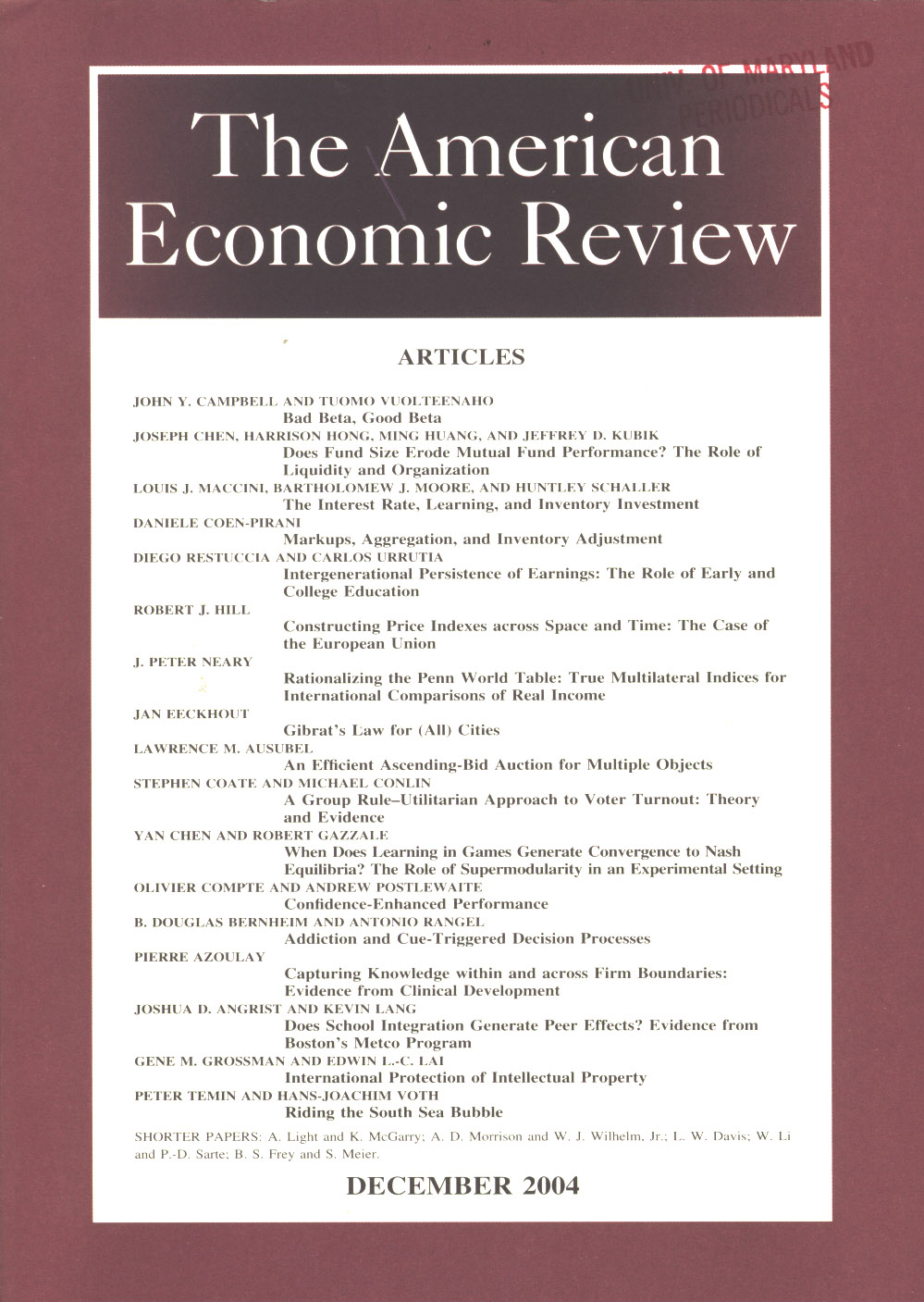
Taxation and the International Mobility of Inventors
in: American Economic Review, No. 10, 2016
Abstract
We study the effect of top tax rates on “superstar” inventors’ international mobility since 1977, using panel data on inventors from the US and European Patent Offices. We exploit the differential impact of changes in top tax rates on inventors of different qualities. Superstar inventors' location choices are significantly affected by top tax rates. In our preferred specification, the elasticity to the net-of-tax rate of the number of domestic superstar inventors is around 0.03, while that of foreign superstar inventors is around 1. These elasticities are larger for inventors in multinational companies. An inventor is less sensitive to taxes in a country if his company performs a higher share of its research there.
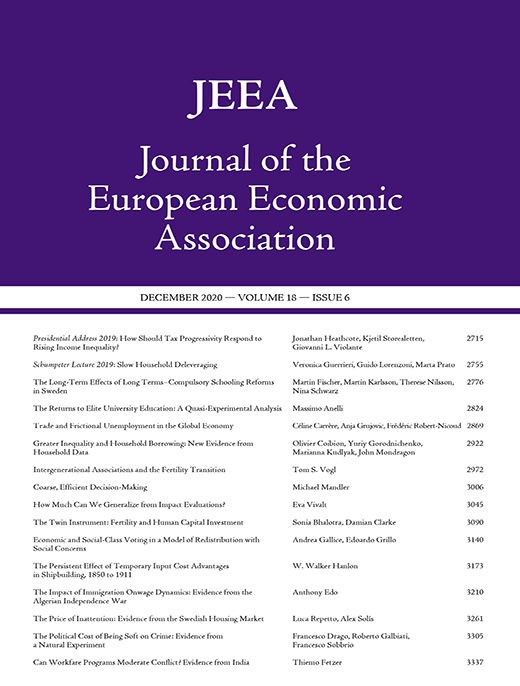
The Role of Information in Innovation and Competition
in: Journal of the European Economic Association, No. 4, 2016
Abstract
Innovation is typically a trial‐and‐error process. While some research paths lead to the innovation sought, others result in dead ends. Because firms benefit from their competitors working in the wrong direction, they do not reveal their dead‐end findings. Time and resources are wasted on projects that other firms have already found to be fruitless. We offer a simple model with two firms and two research lines to study this prevalent problem. We characterize the equilibrium in a decentralized environment that necessarily entails significant efficiency losses due to wasteful dead‐end replication and an information externality that leads to an early abandonment of the risky project. We show that different types of firms follow different innovation strategies and create different kinds of welfare losses. In an extension of the core model, we also study a centralized mechanism whereby firms are incentivized to disclose their actions and share their private information in a timely manner.

Declining Business Dynamism: What We Know and the Way Forward
in: American Economic Review: Papers and Proceedings, No. 5, 2016
Abstract
A growing body of evidence indicates that the U.S. economy has become less dynamic in recent years. This trend is evident in declining rates of gross job and worker flows as well as declining rates of entrepreneurship and young firm activity, and the trend is pervasive across industries, regions, and firm size classes. We describe the evidence on these changes in the U.S. economy by reviewing existing research. We then describe new empirical facts about the relationship between establishment-level productivity and employment growth, framing our results in terms of canonical models of firm dynamics and suggesting empirically testable potential explanations.
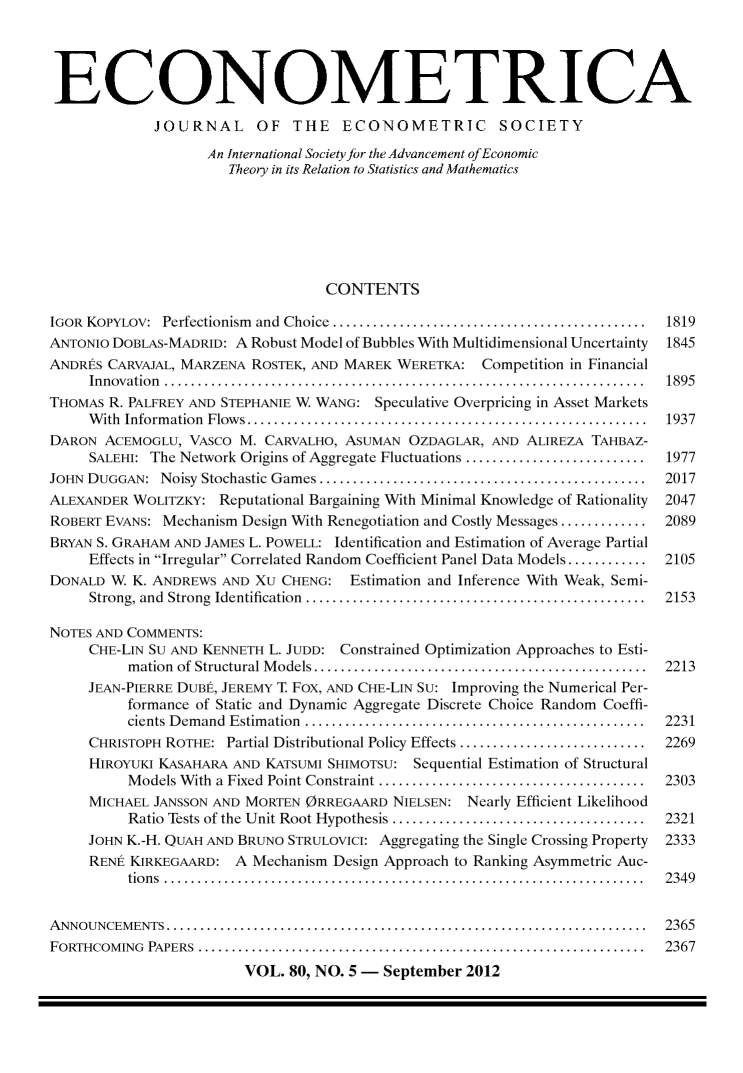
Buy, Keep, or Sell: Economic Growth and the Market for Ideas
in: Econometrica, No. 3, 2016
Abstract
An endogenous growth model is developed where each period firms invest in researching and developing new ideas. An idea increases a firm's productivity. By how much depends on the technological propinquity between an idea and the firm's line of business. Ideas can be bought and sold on a market for patents. A firm can sell an idea that is not relevant to its business or buy one if it fails to innovate. The developed model is matched up with stylized facts about the market for patents in the United States. The analysis gauges how efficiency in the patent market affects growth.
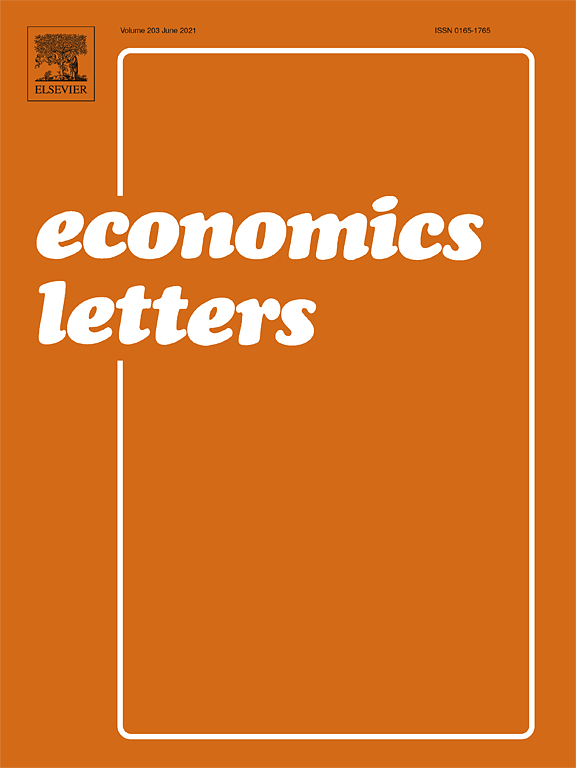
Regional Capital Flows and Economic Regimes: Evidence from China
in: Economics Letters, April 2016
Abstract
Using provincial data from China, this paper examines the pattern of capital flows in relation to the transition of economic regimes. We show that fast-growing provinces experienced less capital inflows before the large-scale market reform, contrary to the prediction of the neoclassical growth theory. As China transitioned from the central-planning economy to the market economy, the negative correlation between productivity growth and capital inflows became much less pronounced. From a regional perspective, this finding suggests domestic institutional factors play an important role in shaping the pattern of capital flows.



